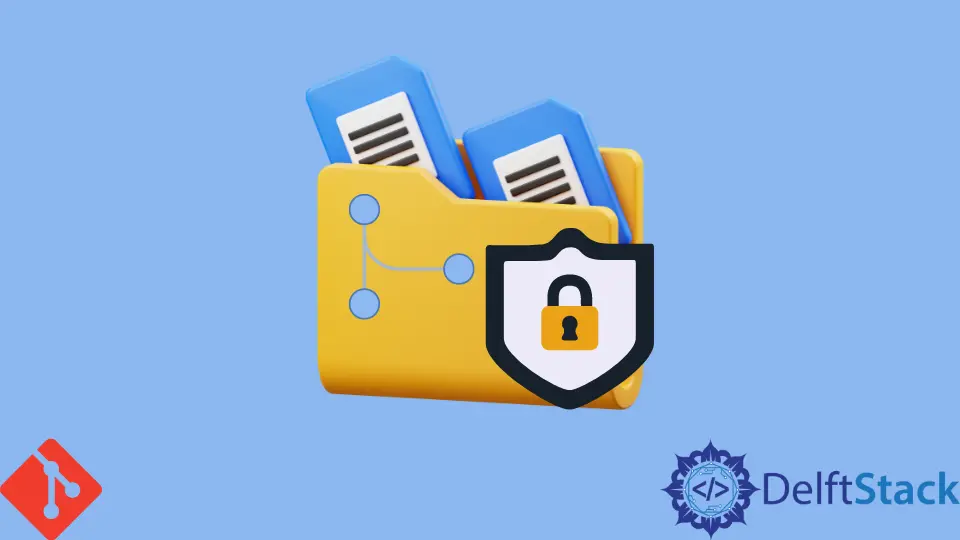The Git Index.Lock File

In the world of version control, Git has become an indispensable tool for developers and teams alike. One of the lesser-known yet crucial components of Git is the index.lock file. Understanding what this file does and how it impacts your Git operations can save you from potential headaches.
In this article, we will delve into the git index.lock file, its purpose, and how to manage it effectively. Whether you’re a seasoned developer or just starting, this guide will provide valuable insights into maintaining a smooth Git workflow.
What is the Git Index.Lock File?
The index.lock file is a temporary file created by Git to prevent concurrent operations on the index. When you run commands that modify the index, such as git add, Git creates an index.lock file to ensure that no other Git processes can interfere with the ongoing operation. This mechanism is crucial for maintaining data integrity during operations that modify the staging area.
If you are a regular user, you might have received the error message below.
fatal: Unable to create '.git/index.lock': File exists.
If you encounter an error related to the index.lock file, it usually means that a previous Git command didn’t complete successfully, leaving the lock file in place. Understanding how to handle this file can help you troubleshoot issues and keep your Git repository functioning smoothly.
Common Issues with Index.Lock File
When working with Git, you might come across an error message indicating that the index.lock file already exists. This can happen for several reasons, such as an interrupted Git command or a lingering process that hasn’t released the lock. Here, we’ll discuss how to resolve this issue effectively.
Method 1: Remove the Index.Lock File Manually
One of the simplest ways to resolve issues with the index.lock file is to remove it manually. This method is straightforward but requires caution. Before proceeding, ensure that no Git commands are currently running. You can remove the index.lock file using the following command:
rm -f .git/index.lock
By executing this command, you are instructing Git to forcefully remove the index.lock file. After doing so, you should be able to run your Git commands without encountering any lock-related errors. However, be mindful that removing this file while another Git process is running could lead to data corruption. Always check for active processes before proceeding with this method.
Method 2: Check for Running Git Processes
Sometimes, the presence of the index.lock file indicates that another Git process is still running. In such cases, it’s essential to identify and terminate any lingering Git processes before attempting to delete the lock file. You can check for running Git processes with the following command:
ps aux | grep git
Output:
user 12345 0.0 0.1 123456 7890 ? S 12:34 0:00 git commit
The output will list any active Git processes. If you find a process that appears to be stuck or is no longer needed, you can terminate it using the kill command:
kill -9 <PID>
Replace <PID> with the process ID you identified from the previous command. After terminating the process, you can safely remove the index.lock file as described in Method 1. This approach ensures that you are not risking data integrity by removing the lock file while Git is still active.
Method 3: Restart Your Computer
If you find that the index.lock file persists even after checking for running processes and attempting to remove it, a more drastic approach is to restart your computer. This method ensures that all processes are terminated, including any hidden or background Git processes. After rebooting, the index.lock file should be removed automatically, allowing you to continue working with your Git repository without issues.
Restarting your computer can be a simple yet effective solution to resolve stubborn index.lock file issues. Once your system is back up, you should be able to run Git commands without encountering the lock file error.
Conclusion
The git index.lock file plays a critical role in maintaining the integrity of your Git operations. Understanding its purpose and how to manage it effectively can save you from potential disruptions in your workflow. Whether you choose to remove the file manually, check for running processes, or restart your computer, being informed about the index.lock file will enhance your Git experience. By following the methods outlined in this article, you can ensure a smoother, more efficient use of Git.
FAQ
-
What is the purpose of the index.lock file in Git?
The index.lock file prevents concurrent operations on the Git index to maintain data integrity. -
How can I safely remove the index.lock file?
You can remove it using the commandrm -f .git/index.lock, but ensure no other Git processes are running. -
What should I do if I see an error related to index.lock?
Check for running Git processes, terminate them if necessary, and then remove the index.lock file. -
Can I lose data by deleting the index.lock file?
Yes, if another Git process is running. Always check for active processes first. -
Is restarting my computer a good solution for index.lock issues?
Yes, restarting can terminate all processes and remove the index.lock file automatically.
John is a Git and PowerShell geek. He uses his expertise in the version control system to help businesses manage their source code. According to him, Shell scripting is the number one choice for automating the management of systems.
LinkedIn